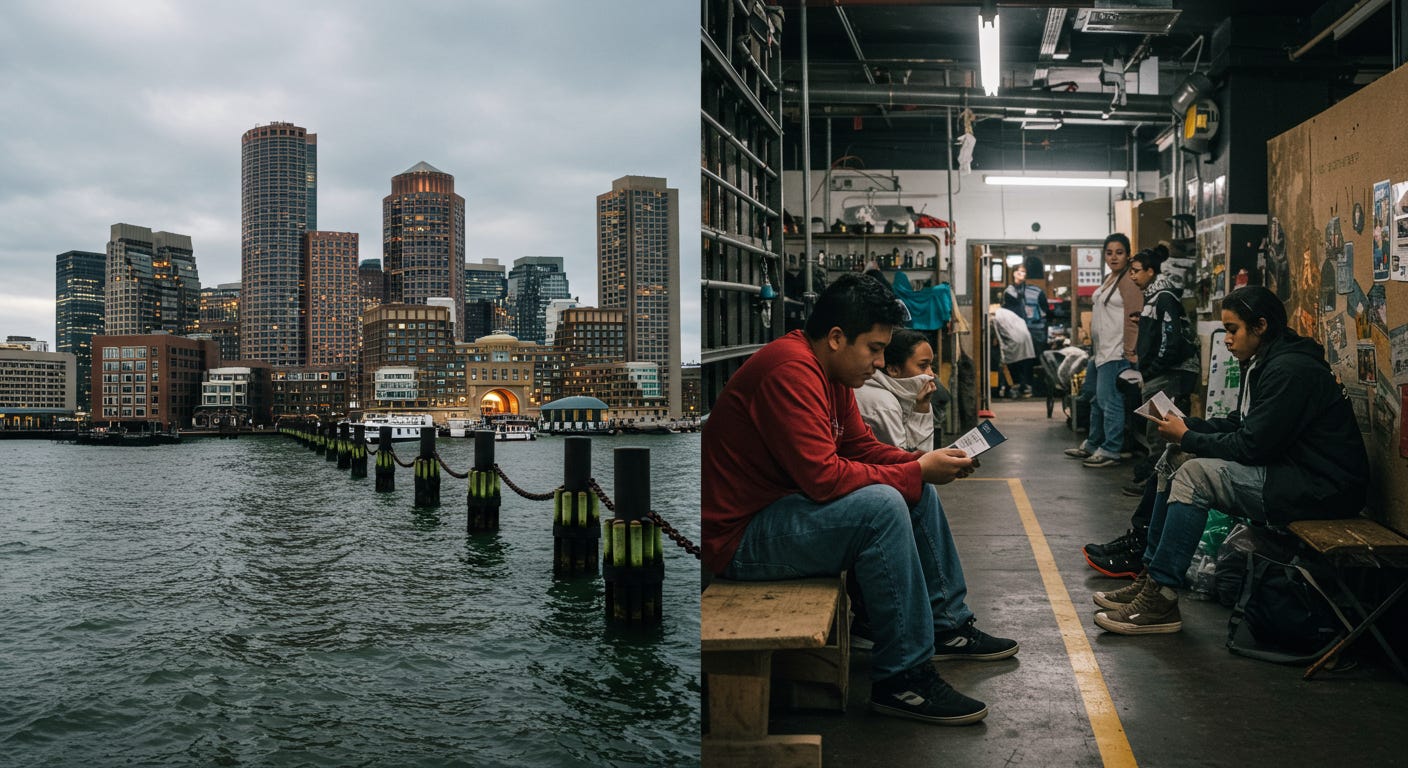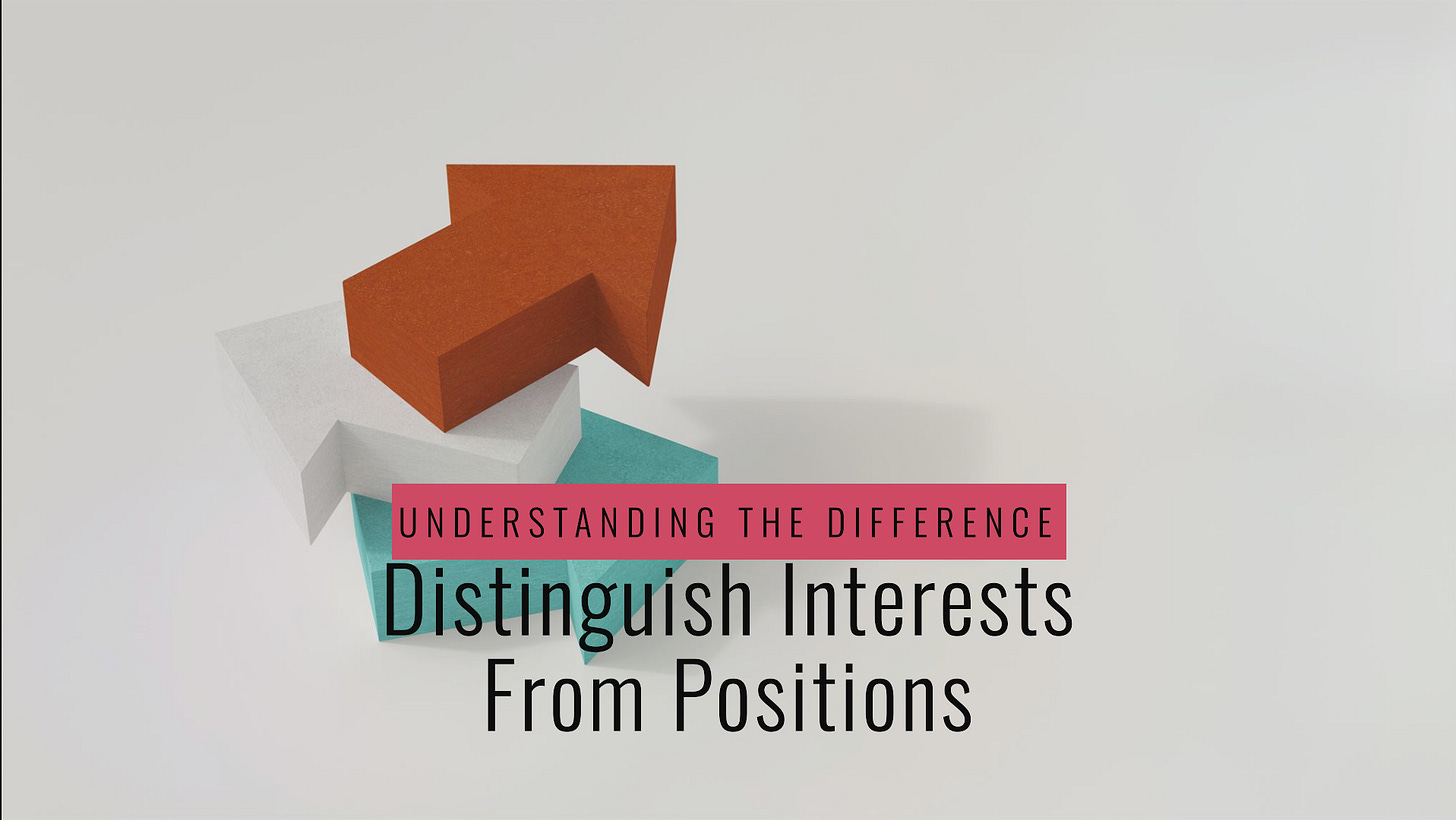Boston is facing two crises: One rising from the water, the other from the streets. The solutions exist, but they remain stuck in debate, politics, and bureaucracy. Why? Because good ideas don’t implement themselves. That’s where Engineering Diplomacy comes in.
Boston’s rising seas and youth homelessness may seem like unrelated crises. One is an environmental challenge driven by changing climate. The other is a social crisis shaped by socio-economic forces.
Credit: Image created by Google ImageFX
A closer look shows a common pattern: engineering solutions exist, but they don’t automatically translate into action.
For sea level rise, Boston has technical solutions: flood barriers, green infrastructure, elevated buildings.
For homelessness, we know job placement, affordable housing, and support networks work.
Yet in both cases, the challenge isn’t what to do—it’s how to make it happen in a way that is technically defensible, socially acceptable, economically sustainable, and politically feasible.
Boston’s Rising Seas: A Technical Problem with Political Realities
Boston faces a future of higher tides, stronger storms, and flooded streets. The debate isn’t whether sea levels will rise, but how we respond. Stakeholders have many views including: "We need a citywide seawall"; "Let’s focus on green infrastructure instead."; "We should just elevate critical infrastructure."
These are positions, each presenting a single solution. But the real question isn’t about choosing one. It’s about understanding the underlying interests:
✅ Economic Stability – Keeping Boston’s business district functioning
✅ Community Protection – Preventing displacement of vulnerable neighborhoods
✅ Environmental Sustainability – Minimizing ecological harm from hard barriers
✅ Funding Feasibility – Securing investments that actually get approved
Debating positions keeps us stuck. Focusing on interests unlocks solutions.
What Can We Learn from Schoen’s Breaktime Story?
Connor Schoen, founding leader of Breaktime, engineered a solution to youth homelessness by thinking beyond individual positions. He navigated multiple interests keeping in mind the core principle of Breaktime: ‘Breaking the Cycle of Young Adult Homelessness”
How did he do it?
He didn’t just demand more shelters or call for more government aid. Instead, he took a pragmatic approach—focusing on multiple options and demonstrating how each could lead to a desirable outcome.
🔹 Funders wanted impact → He showed them data-backed results.
🔹 Policymakers needed feasibility → He found an underused downtown building.
🔹 Young people needed stability → He provided job pathways, not just handouts.
Instead of forcing a one-size-fits-all approach, he built a solution that worked for multiple stakeholders. That’s engineering diplomacy in action.
The Takeaway: Finding the 18th Camel
In both sea level rise and homelessness, the key isn’t technical innovation alone—it’s about negotiated implementation.
Recall our negotiation metaphors "Finding the 18th Camel" from an earlier post: When three sons were left 17 camels in a will, they couldn’t divide them evenly based on the given instructions. A wise neighbor lent them one extra camel, allowing them to split them cleanly—and then took her camel back.
Sea level rise, homelessness, and many other crises suffer from the same impasse: we need to look for an unexplored option—a contextual, interest-based approach—to unlock solutions that work.
So, what’s Boston’s 18th Camel?
Maybe it’s a hybrid flood protection strategy, blending seawalls in critical zones with green infrastructure elsewhere. Maybe it’s a new governance model that ensures community voices are part of climate adaptation planning.
The lesson from Schoen’s Breaktime story is clear: solutions emerge when we design them for the reality of how decisions get made—not just based on what we, as engineers, think should happen.
What’s Next?
This is the essence of Engineering Diplomacy—bridging science, policy, and politics to create solutions that don’t just make sense technically but actually get implemented. Now, take a moment to apply this thinking:
🔹 If you were a city engineer, what would be your #1 technical priority?
🔹 If you were an urban planner, how would you ensure climate resilience is built into zoning?
🔹 If you were a community leader, what would you demand from policymakers?
Please provide your thoughts and feedback in the comments below—let’s explore how Engineering Diplomacy can help turn ideas into actionable outcomes. Please join the conversation in Engineering Diplomacy




